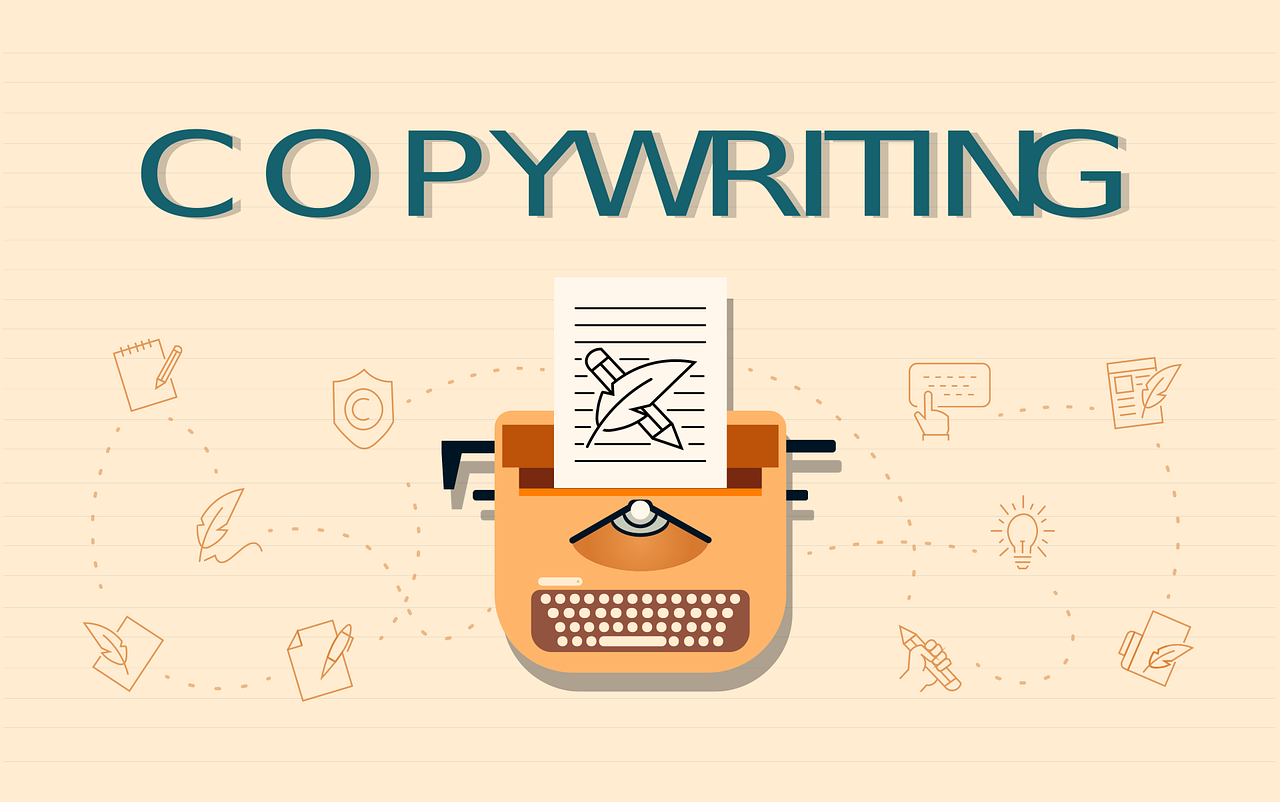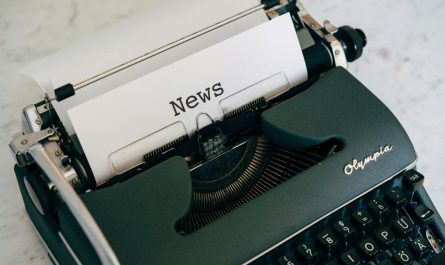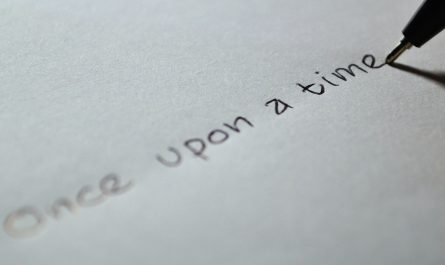Understanding Technical Writing
Technical writing is a specialized form of communication that involves translating complex information into clear, concise, and accessible content for specific audiences. This skill is crucial in various industries, from technology and engineering to healthcare and finance.
Key Characteristics of Technical Writing
Technical writing is distinguished by several essential characteristics that set it apart from other forms of writing:
- Clarity: Information is presented in a straightforward manner, avoiding ambiguity.
- Precision: Details are accurate and specific, leaving no room for misinterpretation.
- Objectivity: Content is factual and unbiased, focusing on information rather than persuasion.
- Conciseness: Ideas are expressed efficiently, without unnecessary elaboration.
- Structure: Information is organized logically, often using headings, lists, and visuals.
Common Types of Technical Documents
Technical writers produce a variety of documents, each serving a specific purpose:
| Document Type | Purpose | Typical Audience |
|---|---|---|
| User Manuals | Provide instructions for product use | End-users, customers |
| Technical Reports | Present research findings or project outcomes | Managers, stakeholders |
| White Papers | Explain complex issues and propose solutions | Decision-makers, experts |
| API Documentation | Describe software interfaces and usage | Developers, programmers |
| Standard Operating Procedures (SOPs) | Outline step-by-step processes | Employees, team members |
Planning Your Document
Effective planning is the foundation of successful technical writing. A well-planned document ensures that information is presented logically and comprehensively, meeting the needs of the intended audience.
Defining the Purpose and Audience
Before writing, it’s crucial to clearly define the document’s purpose and understand your audience:
- Identify the primary goal of the document (e.g., to instruct, inform, or persuade).
- Determine the target audience’s background, technical expertise, and needs.
- Establish the key information or skills the audience should gain from the document.
- Consider any potential language or cultural barriers that may affect comprehension.
Creating an Outline
A well-structured outline serves as a roadmap for your document, ensuring a logical flow of information:
| Section | Content |
|---|---|
| Introduction | Purpose of the document, scope, and intended audience |
| Background | Relevant context or prerequisite information |
| Main Body | Key topics, divided into logical sections and subsections |
| Procedures | Step-by-step instructions or processes, if applicable |
| Conclusion | Summary of key points and any necessary follow-up actions |
| Appendices | Supplementary information, glossary, or reference materials |
Writing Clear and Concise Content

The hallmark of effective technical writing is the ability to convey complex information clearly and concisely. This skill ensures that readers can quickly grasp and apply the information presented.
Using Simple Language
Simplifying language is crucial for making technical content accessible:
- Use short, simple sentences to convey ideas clearly.
- Opt for familiar words over obscure or overly technical terms when possible.
- Break down complex concepts into smaller, more manageable parts.
- Use active voice to make sentences more direct and engaging.
Avoiding Jargon and Ambiguity
While some technical terms are necessary, overuse of jargon can hinder comprehension:
| Jargon | Clear Alternative |
|---|---|
| Utilize | Use |
| Implement | Put into action |
| Leverage | Use to advantage |
| Paradigm shift | Major change |
| Mission-critical | Essential |
Structuring Your Document
A well-structured document enhances readability and helps readers quickly locate the information they need. Proper organization is key to ensuring that your technical content is both accessible and comprehensible.
Using Headings and Subheadings
Headings and subheadings play a crucial role in organizing your document:
- Use descriptive headings that clearly indicate the content of each section.
- Maintain a consistent hierarchy (e.g., H1 for main titles, H2 for major sections, H3 for subsections).
- Ensure that headings follow a logical progression throughout the document.
- Use parallel structure in headings at the same level for consistency.
Incorporating Lists and Tables
Lists and tables are powerful tools for presenting information clearly and concisely:
- Bulleted lists: Use for unordered items or points.
- Numbered lists: Use for sequential steps or prioritized information.
- Tables: Ideal for comparing data or presenting information in a structured format.
Example of effective table use:
| Feature | Benefit | Application |
|---|---|---|
| Automatic backups | Data protection | Prevents loss of work |
| Cloud synchronization | Access from multiple devices | Enhances productivity |
| Version control | Track changes over time | Facilitates collaboration |
Visual Elements in Technical Writing

Visual elements are essential in technical writing, as they can often convey complex information more efficiently than text alone. Well-designed visuals complement written content and enhance overall understanding.
Using Diagrams and Charts
Different types of visuals serve various purposes in technical documents:
- Flowcharts: Illustrate processes or decision trees
- Pie charts: Show proportions or percentages
- Bar graphs: Compare quantities across categories
- Line graphs: Display trends over time
- Schematics: Represent technical designs or layouts
Creating Effective Visuals
To ensure your visuals enhance rather than detract from your document:
- Keep designs simple and uncluttered
- Use consistent colors and styles throughout the document
- Label all elements clearly and include descriptive captions
- Ensure visuals are accessible (e.g., color-blind friendly)
- Reference and explain visuals in the main text
Reviewing and Editing Your Work
The review and editing process is crucial for producing high-quality technical documents. This stage ensures accuracy, clarity, and consistency throughout your work.
Proofreading Techniques
Effective proofreading involves more than just spell-checking:
- Read the document aloud to catch awkward phrasing and errors.
- Use text-to-speech software to hear how the document sounds.
- Print the document and review it on paper for a fresh perspective.
- Focus on one type of error at a time (e.g., grammar, formatting, technical accuracy).
- Use style guides and checklists to ensure consistency.
Peer Review and Feedback
Peer review is invaluable for improving technical documents:
| Step | Action |
|---|---|
| 1. Select reviewers | Choose colleagues with relevant expertise |
| 2. Provide context | Brief reviewers on the document’s purpose and audience |
| 3. Set clear expectations | Specify areas for focus (e.g., technical accuracy, clarity) |
| 4. Allow sufficient time | Give reviewers ample time to provide thorough feedback |
| 5. Review feedback | Carefully consider all suggestions and comments |
| 6. Implement changes | Incorporate valuable feedback into the document |
| 7. Follow up | Discuss any questions or conflicting suggestions with reviewers |
Conclusion
Mastering the basics of technical writing is essential for effectively communicating complex information. By following these key principles and techniques, you can create clear, concise, and user-friendly technical documents:
- Understand the purpose and characteristics of technical writing
- Plan your document thoroughly, considering audience and structure
- Write clear and concise content, avoiding jargon and ambiguity
- Use effective document structure with headings, lists, and tables
- Incorporate visual elements to enhance understanding
- Review and edit your work meticulously, seeking peer feedback
By applying these practices consistently, you’ll develop the skills needed to excel in technical writing across various industries and document types. Remember that technical writing is an iterative process, and continuous improvement comes with practice and feedback.
For more in-depth guidance on technical writing best practices, consider consulting resources from professional organizations such as the Society for Technical Communication or the IEEE Professional Communication Society. These organizations offer valuable insights and ongoing education for technical writers at all levels.




